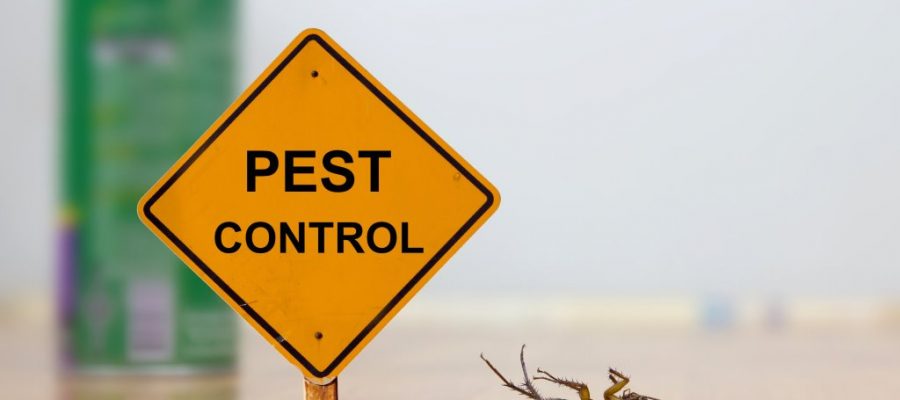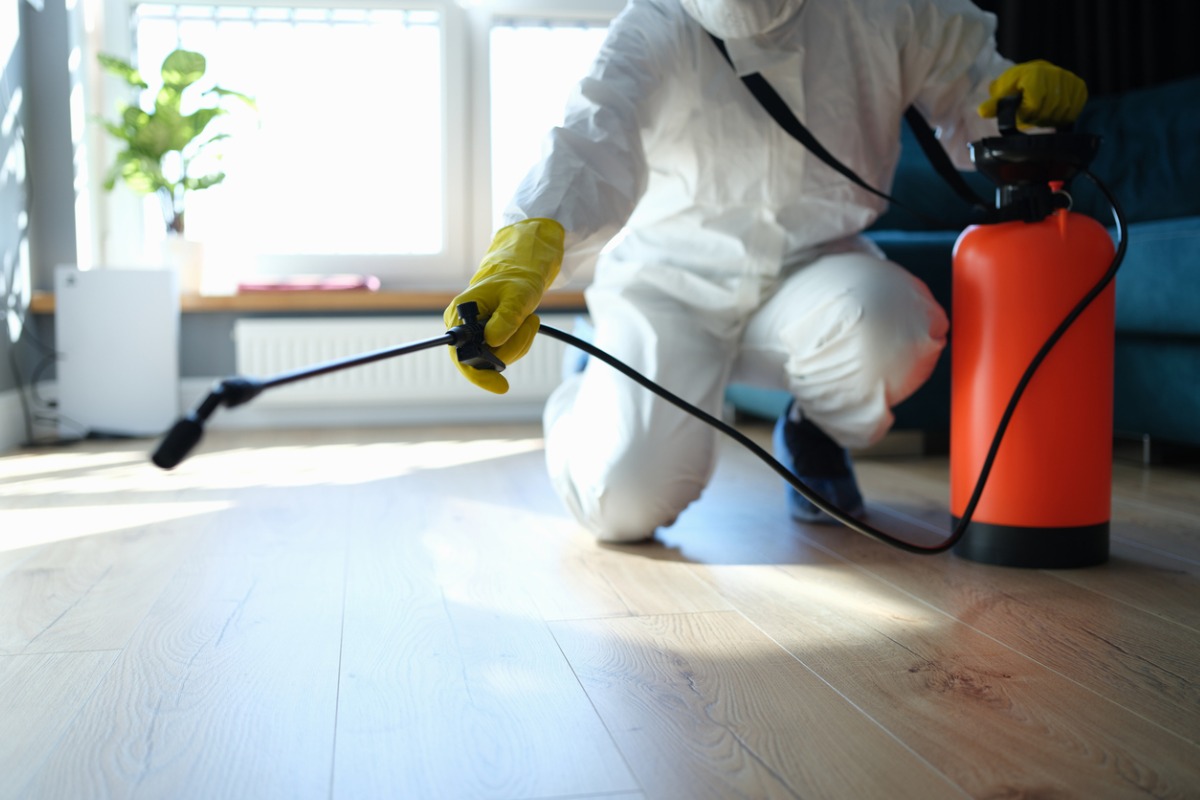Detailed Termite and Bug Solutions with Pest Control Lockhart
Detailed Termite and Bug Solutions with Pest Control Lockhart
Blog Article
Checking Out Invasion and Therapy Methods in the World of Insect Control
The landscape of bug control includes a myriad of difficulties, particularly as invasions of usual family insects proceed to advance. By incorporating preventive procedures with innovative monitoring strategies, such as Integrated Bug Administration (IPM), house owners can better protect their settings.

Usual Family Pests
When it involves handling our home, understanding usual household insects is critical. These pests not only interrupt our comfort yet can also pose health threats and damage property. The most common house parasites include ants, cockroaches, rodents, termites, and bed insects.
Ants, often seen foraging in cooking areas, can pollute food and establish big colonies. Rodents, consisting of mice and rats, can trigger structural damage and carry illness like hantavirus and salmonella.
Identifying the signs of these insects, such as droppings, nests, or bite marks, is essential for early intervention (Pest Control Lockhart). Proper cleanliness methods, securing entrance points, and maintaining a clutter-free atmosphere are efficient preventative measures. By identifying these usual family bugs and recognizing their behaviors, house owners can take aggressive steps to minimize problems, guaranteeing a healthier living atmosphere
Understanding Bug Infestations
Parasite invasions can intensify rapidly, turning a small inconvenience into a significant issue if not resolved promptly. Understanding the nature of these problems is vital for reliable administration. Parasites can attack household and industrial areas for different reasons, consisting of the look for food, shelter, or reproducing premises. Usual aspects contributing to infestations consist of inadequate hygiene, architectural susceptabilities, and seasonal adjustments that drive bugs inside your home.
Determining the kind of pest is crucial, as different varieties exhibit different actions and reproductive prices. For example, rodents may develop nests in hidden areas while bugs like roaches grow in damp atmospheres. Early discovery frequently rests on recognizing signs such as droppings, chomp marks, or uncommon sounds, which can show an issue before it ends up being serious.
Warm, moist climates can facilitate the quick growth of bug populations, while adjustments in landscape design or building can inadvertently create conducive environments. An informed strategy to understanding these dynamics lays the groundwork for effective bug management approaches in the future.
Treatment Approaches and Techniques
Efficient treatment approaches and methods are essential for mitigating parasite problems and recovering a safe atmosphere. A complex approach is typically best, including chemical, biological, and mechanical techniques tailored to the specific insect and the intensity of the infestation.
Chemical pop over here therapies include using pesticides and herbicides, which can properly remove insects. Nonetheless, proper application and adherence to safety and security guidelines are essential to minimize threats to humans and non-target organisms. Integrated Parasite Monitoring (IPM) motivates the cautious use chemicals as a last hope, relying instead on monitoring and threshold levels to establish treatment needs.
Biological control approaches include presenting all-natural predators or parasites to decrease bug populaces. This strategy is increasingly preferred, especially in agricultural settings, as it promotes environmental sustainability.
Mechanical methods, such as catches and barriers, offer immediate alleviation from parasites without introducing chemicals. Alternatives include sticky catches for pests or physical obstacles for rodents.
Ultimately, the selection of therapy approach need to take into consideration the particular parasite, the setting, and prospective influences on human health and wellness and ecosystems. A balanced mix of these strategies can effectively manage invasions while advertising long-lasting insect control options.
Safety Nets for Homes
Proactively addressing bug concerns prior to they escalate is important for preserving a healthy home atmosphere (Pest Control Lockhart). Carrying out reliable safety nets can substantially lower the possibility of invasions, eventually safeguarding both your home and well-being

Proper landscape design also plays a vital function in avoidance. Maintaining bushes and trees trimmed away from your home minimizes the opportunities of bugs finding their way inside your home. Guarantee that drain systems are operating successfully to prevent standing water, which can attract in insects and other bugs.
Lastly, routine evaluations are suggested. Regularly looking for indications of insect task enables early treatment. By embracing these safety nets, homeowners can develop an environment that is much less friendly to bugs, consequently enhancing their general lifestyle and reducing the demand for extensive pest control you could try these out interventions.
Business Bug Control Approaches
A detailed strategy to business bug control is necessary for services intending to keep a secure and sanitary setting. Reliable methods entail a combination of regular examinations, employee training, and This Site the execution of Integrated Parasite Administration (IPM) methods.
Routine assessments allow very early detection of insect activity, enabling timely treatment. Companies should create a regular timetable for these evaluations, concentrating on risky locations such as cooking areas, storeroom, and waste disposal sites. Worker training is equally essential; staff needs to be informed on the indicators of parasite problems and the importance of reporting them immediately.
Implementing IPM techniques assists reduce bug concerns sustainably. This consists of environment modification, such as sealing entry points and decreasing mess, along with utilizing all-natural deterrents before considering chemical treatments.

Moreover, teaming up with a certified insect control provider guarantees access to professional expertise and sophisticated treatment options. This partnership can lead to tailored insect control prepares customized to the particular demands of the service, minimizing threats and boosting overall efficiency. Inevitably, a positive and educated method promotes a pest-free atmosphere, safeguarding both public wellness and organization credibility.
Conclusion
In conclusion, effective pest control necessitates a thorough understanding of usual family parasites and their habits, combined with targeted therapy methods. Executing preventive measures alongside therapy techniques such as Integrated Insect Administration and biological control enhances the capacity to alleviate infestations.
Report this page